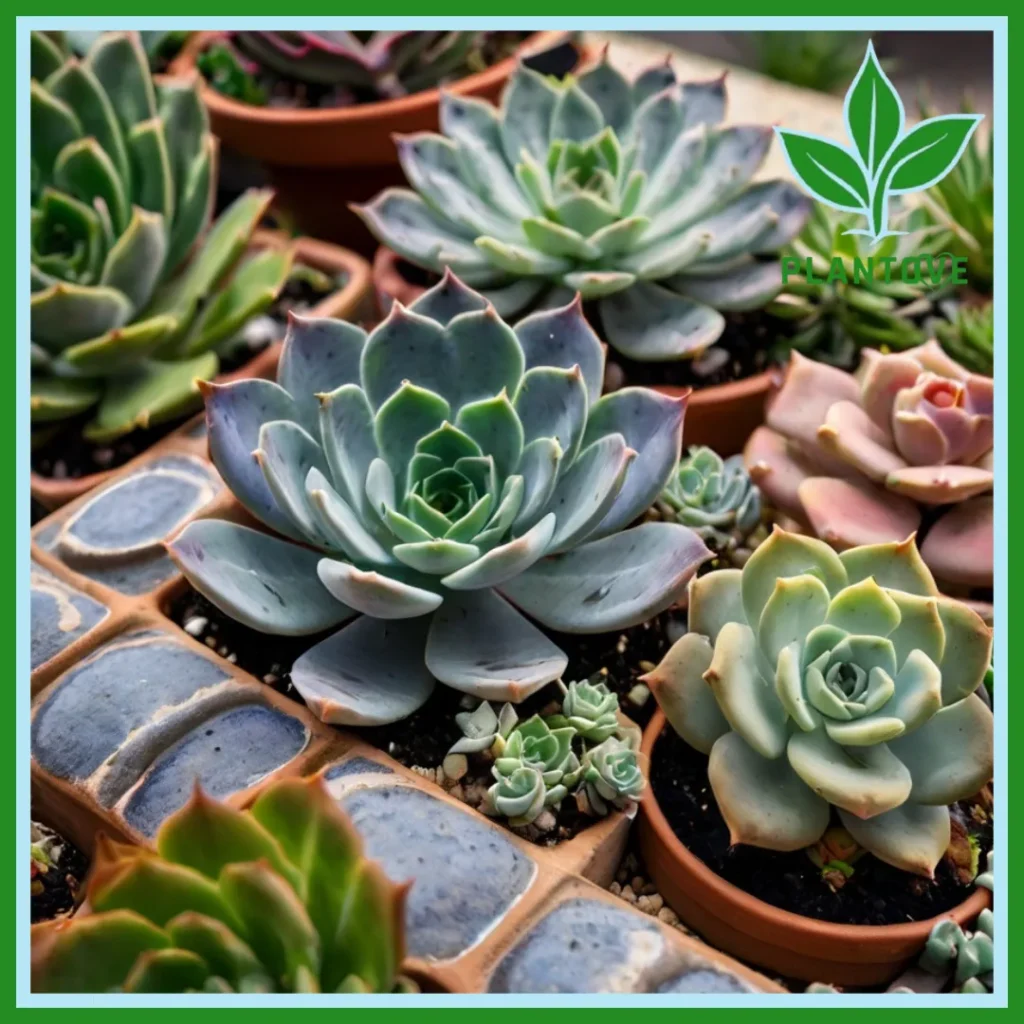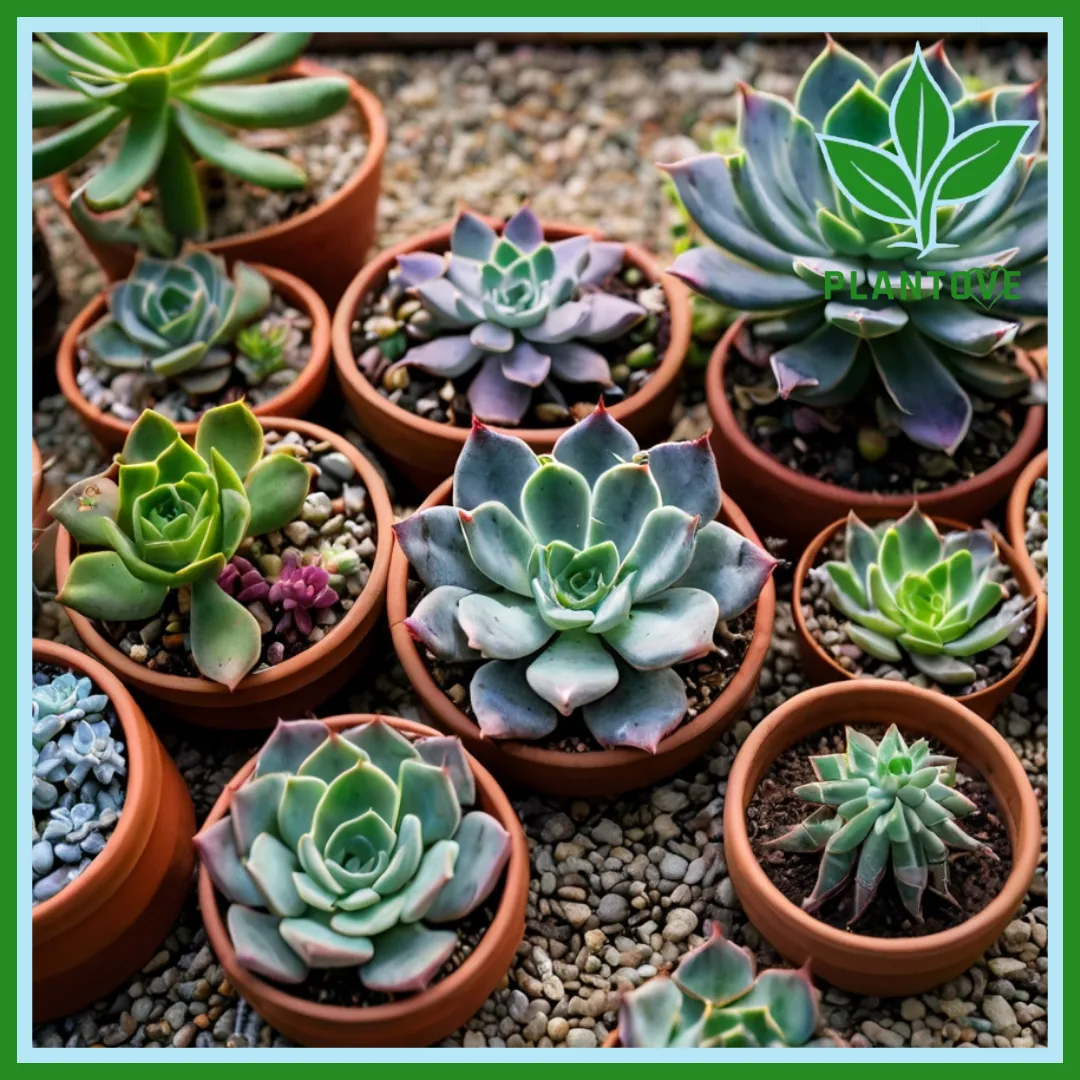Succulent plants have captured the attention of gardeners and plant enthusiasts alike, and it’s easy to see why. These hardy, water-efficient plants come in a wide range of shapes, sizes, and colors, making them a versatile choice for both novice and experienced gardeners. In this comprehensive guide, we’ll explore everything you need to know about succulent plants, from their benefits and care requirements to popular varieties and their names.
Understanding Succulent Plants
Succulent plants are characterized by their thick, fleshy tissues, which store water. This unique adaptation allows them to thrive in arid environments where other plants might struggle. They belong to several plant families, including Crassulaceae, Cactaceae, and Euphorbiaceae, among others. Succulents are known for their diverse and often striking appearances, making them popular for both indoor and outdoor gardening.
Key Features
Succulent plants have several distinct features:
- Water Storage: Thanks to their thick, fleshy leaves or stems, these plants store water efficiently. Consequently, they are able to survive in dry conditions.
- Varied Forms: Additionally, succulents come in many shapes, such as rosettes, columns, and trailing vines. This variety allows them to fit into different garden designs.
- Colorful Foliage: Moreover, many succulents display vibrant colors, including greens, reds, purples, and blues. These colors can even change with light conditions or stress.
Benefits of Succulent Plants
Low Maintenance
One of the most significant advantages of succulent plants is their low maintenance requirements. They need minimal watering and can thrive in a range of light conditions. Therefore, they are ideal for busy individuals or those new to gardening.
Air Purification
Succulent plants also contribute to better indoor air quality. They absorb carbon dioxide and release oxygen, which helps to freshen the air in your home. Although not as effective as some other plants, they still offer a noticeable improvement in air quality.
Aesthetic Appeal
Succulents are highly valued for their aesthetic appeal. Their unique shapes and colors add visual interest to any space. Thus, they are perfect for creating eye-catching arrangements or focal points in both indoor and outdoor settings.
Versatility
Succulents are incredibly versatile. For example, they can be used in various types of containers, from traditional pots to terrariums and hanging baskets. Additionally, they work well in different garden settings, including rock gardens, ground covers, and as accent plants.
Popular Succulent Plants
Aloe Vera
Aloe Vera is a well-known succulent, renowned for its medicinal properties. It features thick, fleshy leaves with serrated edges and can grow up to 2 feet tall. Furthermore, Aloe Vera gel is often used to soothe burns and skin irritations.
Echeveria
Echeveria plants are known for their rosette-shaped foliage and vibrant colors. They come in various hues, including green, pink, and purple. These succulents are popular due to their compact size and striking appearance.
Jade Plant (Crassula ovata)
The Jade Plant is a classic succulent with rounded, glossy leaves. It’s often associated with good luck and prosperity. Jade Plants are easy to care for, and with proper attention, they can grow into small shrubs.
Haworthia
Haworthia is a genus of small, rosette-forming succulents with distinctive leaf patterns. They are perfect for indoor gardens and can tolerate lower light conditions compared to other succulents.
Sedum
Sedum, or Stonecrop, is a diverse genus with many species suitable for outdoor gardens. They are known for their ability to spread quickly and their attractive, fleshy leaves. As a result, Sedums are often used as ground covers or in rock gardens.
Cactus
Cacti are a subgroup of succulents and are known for their unique adaptations to dry environments. They have spines instead of leaves and come in various shapes and sizes, from small desk plants to large outdoor specimens.
Indoor Succulent Plants

Indoor succulents are ideal for adding a touch of greenery to your home. They require less light than outdoor succulents and can thrive in various indoor environments. Here are some tips for keeping your indoor succulents healthy:
Lighting
Most indoor succulents prefer bright, indirect light. Therefore, place them near a south-facing window where they can receive ample light. If natural light is limited, consider using grow lights to supplement their needs.
Watering
Overwatering is a common mistake with indoor succulents. Water them thoroughly, allowing the soil to dry out completely between waterings. Adjust your watering schedule based on the season and the plant’s needs.
Temperature
Indoor succulents thrive in temperatures between 60°F and 80°F (15°C to 27°C). Avoid exposing them to drafts or sudden temperature changes, which can stress the plants.
Soil
Use a well-draining potting mix designed for succulents. A mixture of cactus soil and perlite or sand works well. Ensure that your pots have drainage holes to prevent water from accumulating at the bottom.
Fertilization
Feed your indoor succulents with a diluted, balanced fertilizer during the growing season (spring and summer). Reduce fertilization during the dormant period (fall and winter) to prevent overfeeding.
Succulent Plant Names and Varieties
Understanding the names and varieties of succulent plants can help you choose the right ones for your collection. Here are some common succulent plant names:
Echeveria elegans: Also known as the Mexican Snowball, this succulent has pale green, rosette-shaped leaves.
Crassula perfoliata: Commonly referred to as the “Propeller Plant,” it has distinctive, fan-like leaves that resemble propellers.
Aloe arborescens: Known as the Tree Aloe, this succulent forms a small tree with long, spiky leaves and orange-red flowers.
Kalanchoe tomentosa: Often called the “Panda Plant,” it has fuzzy, gray-green leaves with brown edges.
Sempervivum tectorum: Commonly known as “Hens and Chicks,” this succulent forms rosettes that produce offsets or “chicks.”
Succulent Plant Care
Watering
Proper watering is crucial for succulent health. Succulents need infrequent, deep watering. Allow the soil to dry out completely between waterings to avoid root rot. During the winter months, reduce watering frequency as succulents enter a dormant phase.
Repotting
Succulents generally require repotting every 1-2 years. Repot your succulent when it outgrows its container or when the soil has become compacted. Choose a slightly larger pot and fresh potting mix for the best results.
Pest Control
While succulents are relatively pest-resistant, they can occasionally attract pests like mealybugs, aphids, and spider mites. Inspect your plants regularly and treat any infestations with insecticidal soap or neem oil.
Pruning
Regular pruning helps maintain the shape and health of succulent plants. Remove dead or damaged leaves and stems to encourage new growth. For plants that become leggy or overgrown, trim them back to promote a fuller appearance.
Succulent Plants Benefits
Easy Care
Succulent plants are known for their minimal care requirements. They are ideal for busy individuals or those who prefer low-maintenance plants.
Air Quality Improvement
While not as effective as some other plants, succulents still contribute to improved air quality by absorbing carbon dioxide and releasing oxygen.
Decorative Appeal
The wide variety of shapes, sizes, and colors makes succulents versatile for home decor. They can be used in arrangements, terrariums, or as standalone pieces to enhance any space.
Educational Value
Succulents are excellent educational tools for learning about plant biology and adaptations. They provide insights into how plants survive in arid environments and can inspire interest in botany.
Conclusion
Succulent plants offer a fantastic gardening experience for enthusiasts of all skill levels. Their low maintenance needs, striking appearances, and numerous benefits make them valuable additions to any garden. By understanding their care requirements and selecting the right varieties, you can enjoy a thriving collection of succulents that enhance your living space.
Whether you’re an experienced gardener or a beginner, succulents provide a unique and rewarding gardening experience. Embrace the beauty and resilience of these fascinating plants and watch your garden flourish.

